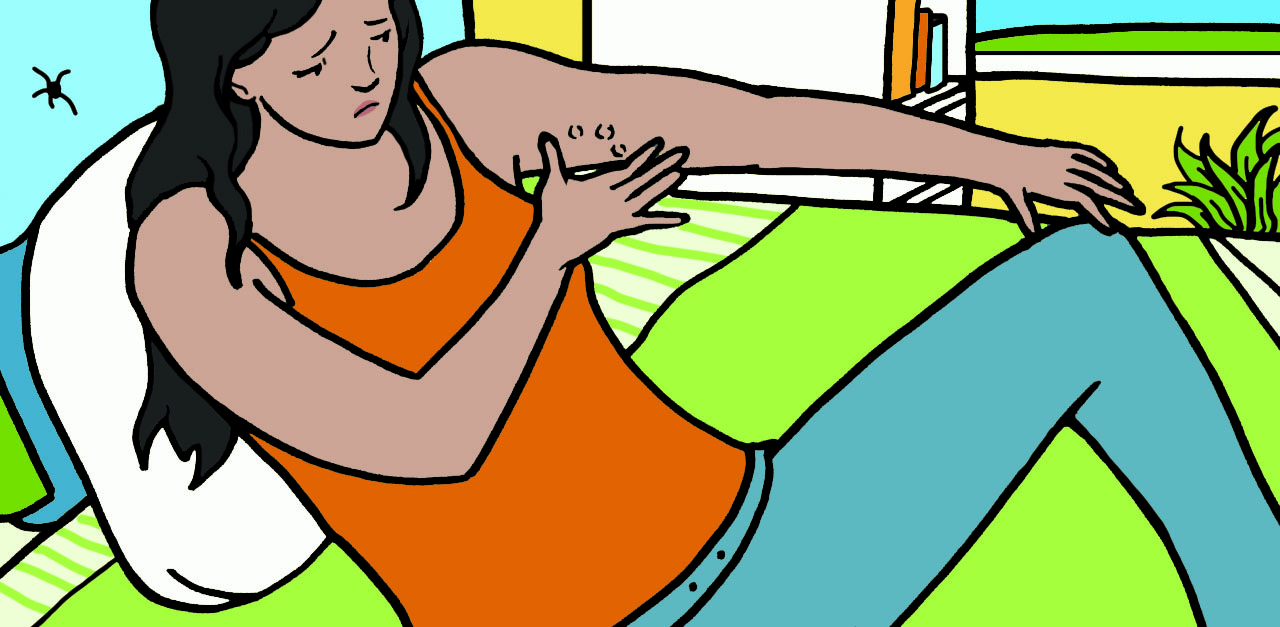
*Disclaimer: The advice on LittleThings.com is not a substitute for consultation with a medical professional or treatment for a specific condition. You should not use this information to diagnose or treat a health problem without consulting a qualified professional. Please contact your health-care provider with questions and concerns.
Every time I go to the doctor, I'm reminded to always wear sunscreen to prevent skin cancer. They also remind me to learn the symptoms of skin cancer so that I know what to look for on my body.
Typically, doctors tell people to learn the ABCs of skin cancer:
- A stands for asymmetry; normal moles are symmetrical in shape, but cancerous moles will look blotchier and much less even.
- B stands for border; noncancerous moles have smooth, well-defined borders, but cancerous moles are weird shapes and may fade into the skin.
- C stands for color; regular moles are one color throughout, but cancerous moles may be different colors.
- D stands for diameter; most moles are less than 6 mm in diameter, but cancerous moles may change size and grow larger than 6 mm.
- E stands for evolution; benign moles don’t change over time, but cancerous lesions may change shape, color, or size.
More from LittleThings: 7 Spots To Gently Massage Tiny Feet In Order To Soothe A Cranky Newborn
Unfortunately, in addition to these, there are also invisible skin cancer symptoms you should know about.
What Is Skin Cancer?
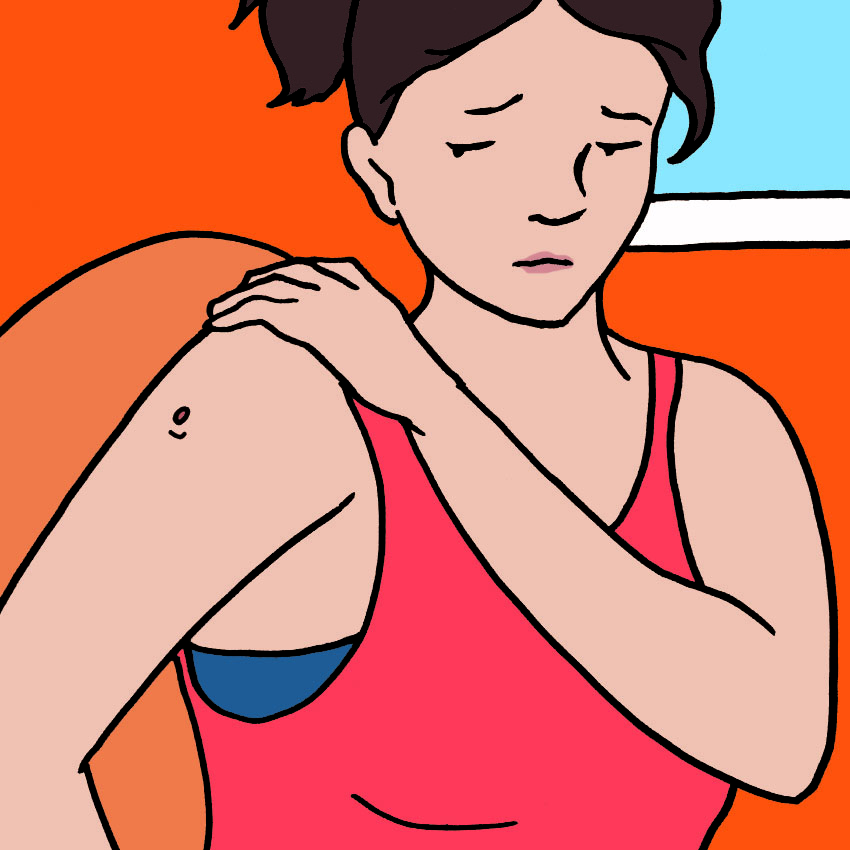
According to the US National Library of Medicine: "Skin cancer is the most common form of cancer in the United States. The two most common types are basal cell cancer and squamous cell cancer. They usually form on the head, face, neck, hands, and arms. Another type of skin cancer, melanoma, is more dangerous but less common."
Invisible Signs of Skin Cancer 1. Itchiness

One of the warning signs of skin cancer is a change in sensation on or under the skin.
Itchiness is one possible sign of skin cancer, so if you're constantly itchy in one spot and there's no explanation, don't ignore it.
2. Lumps and Bumps
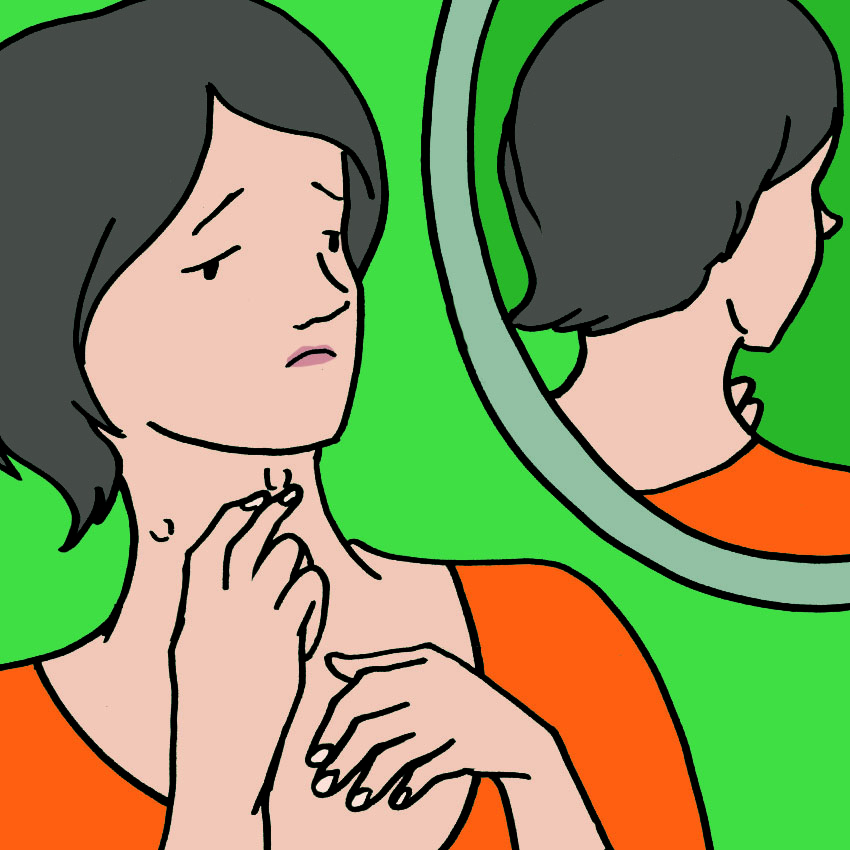
According to the Mayo Clinic, one possible sign of cancer is a "lump or area of thickening that can be felt under the skin."
Make sure to check for lumps and bumps on your neck, groin, and armpits — they could indicate that skin cancer has spread to your lymph nodes.
3. Unexplained Joint Pain
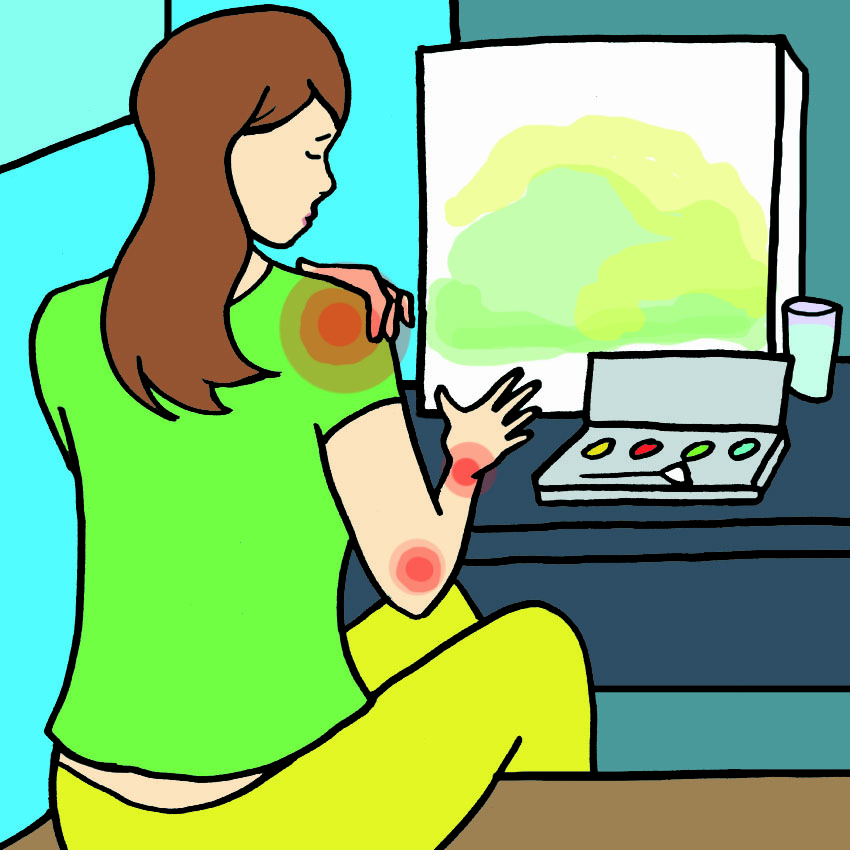
Another possible sign of skin cancer is persistent joint or muscle pain.
Melanoma can spread to your bones, causing arthritis-like joint pain.
4. Numbness
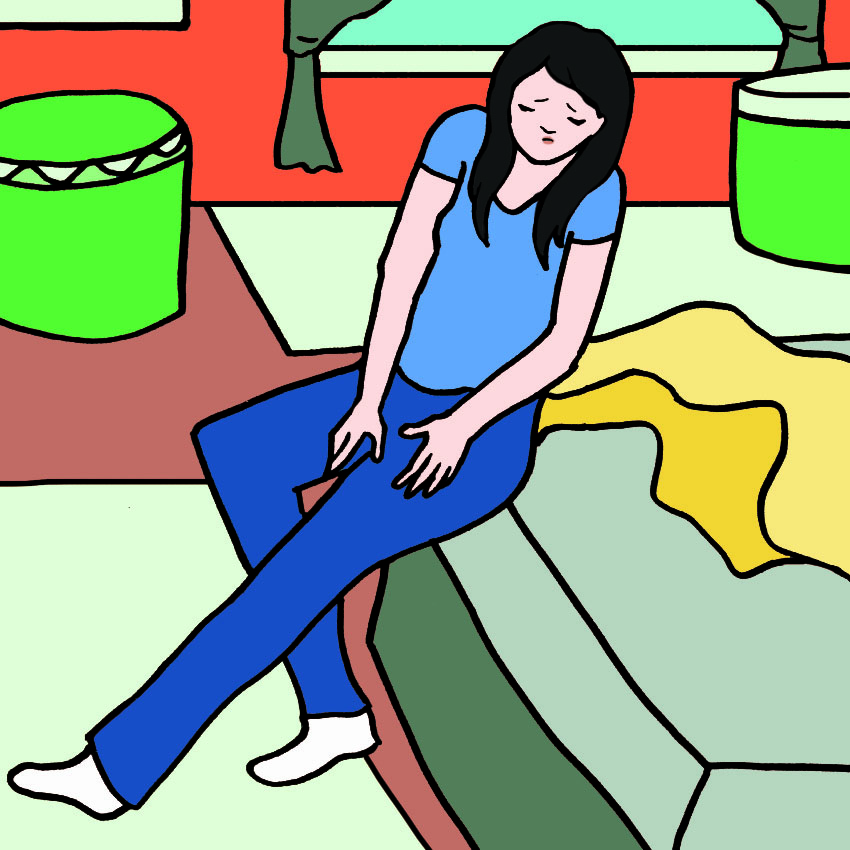
If skin cancer has moved to your nerves, you could experience numbness.
You should never ignore numbness in any part of your body, so tell your doctor and keep track of other symptoms.
5. Abdominal Pain

Unfortunately, melanoma can also spread to other body parts, including your liver.
If the cancer spreads to your liver, it can cause pain in the upper-right quadrant of your abdomen.
Of course, abdominal pain is pretty normal, so don't freak out; just try to keep track of whether it's accompanied by any other symptoms.
6. Trouble Breathing

As cancer spreads throughout the body, it can cause some surprising symptoms.
According to the Mayo Clinic, you might experience difficulty breathing, a persistent cough, hoarseness, or trouble swallowing.
7. Blurred Vision
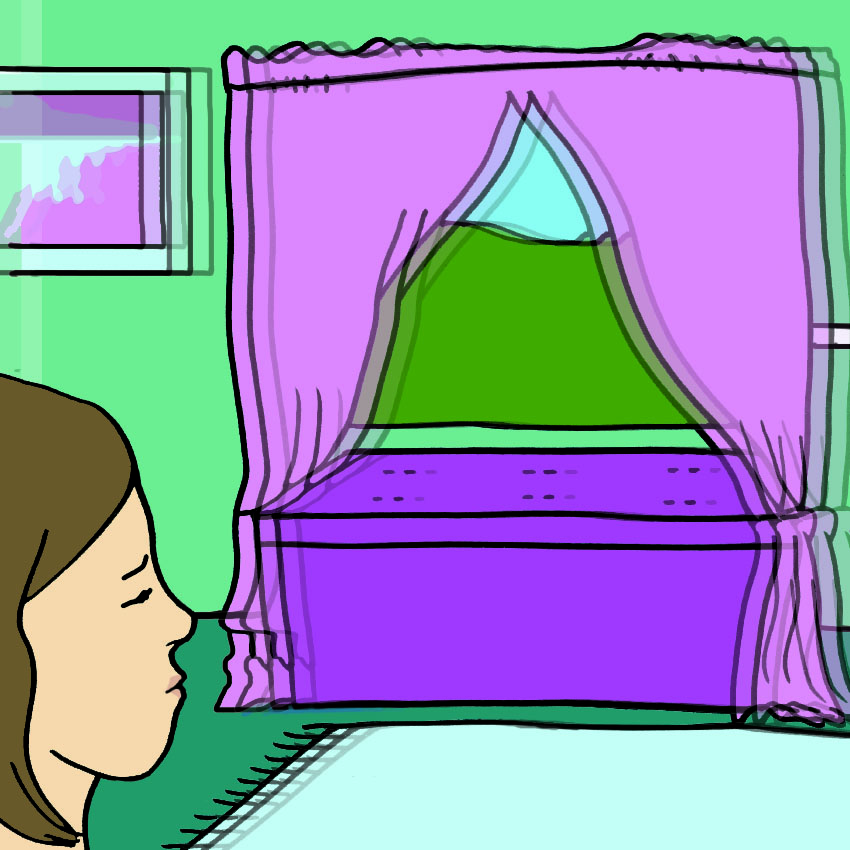
Melanoma affects melanocytes, which are pigment-producing cells in the skin.
Melanocytes can also be found in the eyes, so if you develop cancer in your eye cells, it can cause blurry vision.
What To Do
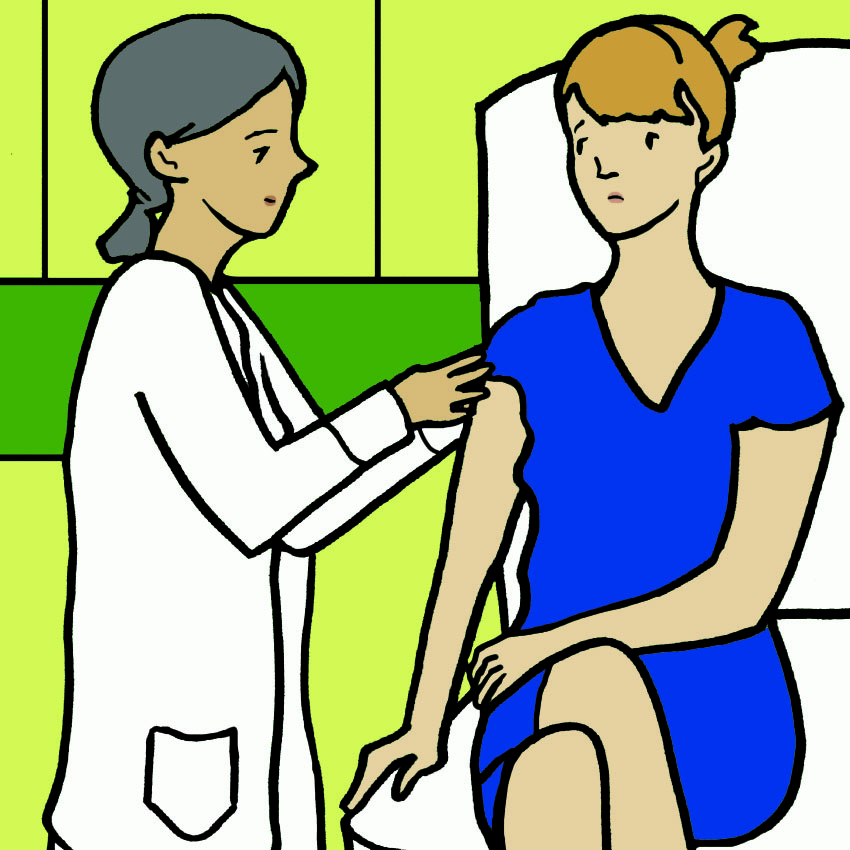
If you notice the above symptoms, especially if you have more than one of these symptoms, you should see your doctor.




